peter cundall planting guide tasmania
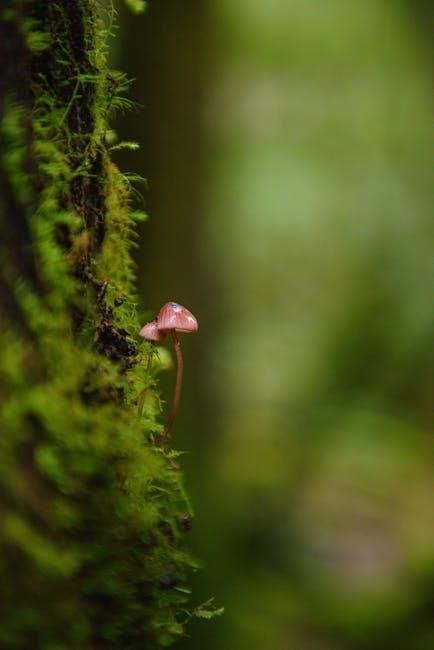
Renowned gardening expert Peter Cundall shares his extensive knowledge on planting in Tasmania, focusing on seasonal strategies and sustainable practices tailored to the island’s unique climate.
Overview of Peter Cundall and His Contribution to Tasmanian Gardening
Peter Cundall, a celebrated Tasmanian gardening expert, has left an indelible mark on the region’s horticultural landscape. As the former presenter of the ABC’s Gardening Australia, he shared his vast knowledge with a wide audience, inspiring countless gardeners. His deep understanding of Tasmania’s unique climate and soil conditions has been instrumental in helping locals create thriving gardens. Cundall’s approach emphasizes sustainability, organic practices, and a profound respect for nature. His planting guide for Tasmania is a testament to his dedication, offering practical advice tailored to the island’s cool, temperate climate. By focusing on seasonal planting and soil health, he has empowered gardeners to grow robust vegetables, fruits, and native plants. His legacy continues to influence Tasmanian gardening, fostering a community of environmentally conscious growers.
The Importance of Seasonal Planting in Tasmania
Seasonal planting is crucial in Tasmania due to its distinct temperate climate, with cool winters and mild summers; Peter Cundall emphasizes aligning planting schedules with the island’s seasonal rhythms to maximize growth and reduce crop failure. Each season offers optimal conditions for specific plants, ensuring they thrive in Tasmania’s unique environment. For example, spring is ideal for planting cool-season vegetables, while summer suits heat-tolerant crops. Understanding and adapting to these cycles is essential for successful gardening, as it reduces pests, diseases, and the need for external resources. By following seasonal guidelines, gardeners can enhance biodiversity, promote soil health, and enjoy a more sustainable and productive garden year-round.
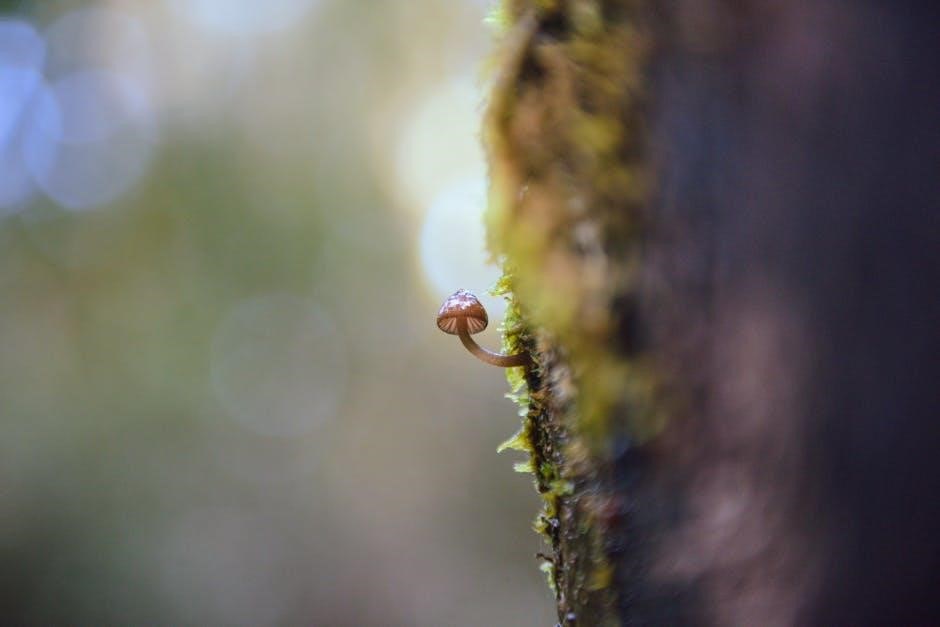
Key Principles of Peter Cundall’s Gardening Philosophy
Peter Cundall’s gardening philosophy emphasizes harmony with nature, sustainability, and organic methods. He advocates for soil health through composting and mulching, avoiding synthetic chemicals. Biodiversity is central, encouraging a mix of plants to attract pollinators and deter pests. Seasonal planting aligns with Tasmania’s climate, maximizing growth in each period. Water conservation is prioritized, using efficient irrigation and rainwater harvesting. Cundall also stresses the importance of observing and adapting to local conditions, fostering resilience. His approach is accessible, promoting inclusivity for gardeners of all skill levels. By focusing on natural cycles and sustainable practices, Cundall’s philosophy supports thriving, eco-friendly gardens in Tasmania’s unique environment.
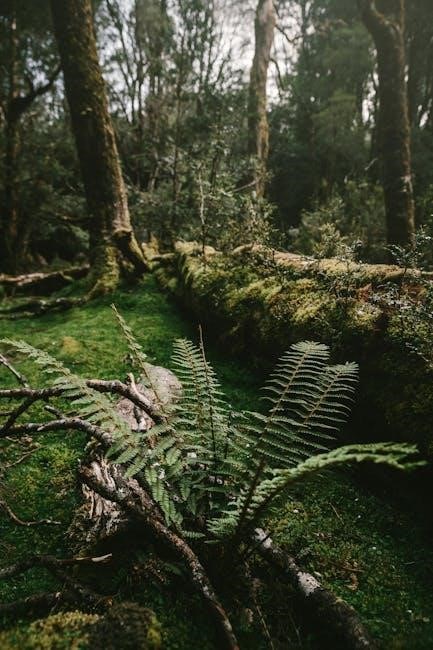
Understanding Tasmania’s Climate and Soil Conditions
Tasmania’s temperate climate features cool, wet winters and mild summers. Soils range from acidic sands to fertile loams, with high rainfall sustaining moisture in most regions annually.
Tasmania’s Temperate Climate and Its Impact on Planting
Tasmania’s temperate climate, characterized by cool winters and mild summers, significantly influences planting strategies. The region’s maritime influence moderates temperatures, reducing extreme heat and cold. This climate supports a wide variety of plants but requires careful timing to avoid frost damage. Peter Cundall emphasizes adapting to seasonal changes, as cooler months limit growth for certain species. Rainfall is consistent, necessitating water management to prevent overwatering. Understanding these climatic conditions is crucial for selecting suitable plants and optimizing growth cycles in Tasmanian gardens.
Soil Types in Tasmania and Their Suitability for Different Plants
Tasmania’s diverse soil types, ranging from sandy to clay-based, play a crucial role in plant selection. Sandy soils, common in coastal areas, drain quickly and are ideal for root vegetables like carrots and potatoes. Loamy soils, found in fertile valleys, support a wide variety of crops due to their balanced structure. Clay soils, prevalent in wetter regions, retain moisture and are suitable for brassicas and fruit trees. Peter Cundall emphasizes the importance of soil testing to determine pH levels and nutrient content. By understanding and enhancing soil quality, gardeners can optimize plant growth and resilience. Proper soil preparation ensures healthy root development, which is vital for thriving Tasmanian gardens.
The Role of Rainfall and Water Management in Tasmanian Gardening
Tasmania’s high rainfall creates a unique environment for gardening, but effective water management remains crucial. Peter Cundall emphasizes the importance of understanding rainfall patterns to optimize plant growth. He advocates for efficient irrigation systems and rainwater harvesting to conserve this valuable resource. Mulching and soil conditioning are also highlighted to improve water retention and reduce runoff. Despite the region’s wet climate, drought-tolerant plants and water-saving practices are essential for sustainability. By balancing rainfall utilization and conservation, gardeners can create thriving, resilient gardens tailored to Tasmania’s conditions.
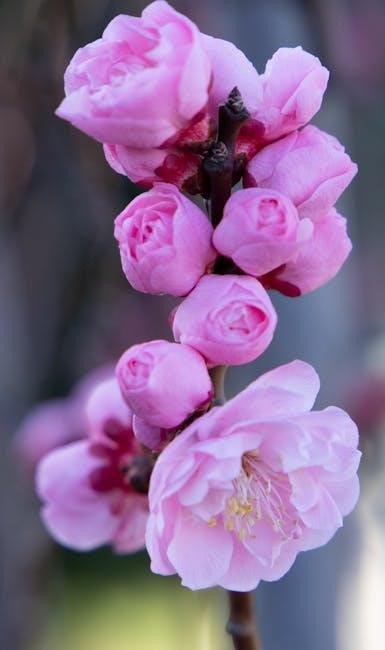
Preparing Your Garden for Planting
Preparing your Tasmanian garden involves clearing debris, tilling soil, and leveling ground to create a fertile base for plants, following Cundall’s practical and eco-friendly methods.
Steps to Test and Improve Soil Quality
To determine soil quality, start by testing its pH levels using a DIY kit or by sending samples to a laboratory. Next, assess organic matter content and nutrient levels, which are crucial for plant growth. Based on results, amend the soil with lime to raise pH or sulfur to lower it. Incorporate compost or well-rotted manure to enhance fertility and structure. Mulching helps retain moisture and suppress weeds. Regularly aerate the soil to improve drainage and root penetration. Rotate crops to maintain nutrient balance and prevent depletion. Avoid over-tilling, as it can damage soil structure. Monitor for contaminants like heavy metals, especially in urban areas. By following these steps, you can create a thriving environment for your plants, aligning with Peter Cundall’s emphasis on sustainable and productive gardening practices in Tasmania.
Composting and Mulching Techniques
Composting and mulching are essential practices in Peter Cundall’s Tasmanian gardening guide, enhancing soil fertility and structure. Composting transforms kitchen scraps and garden waste into nutrient-rich humus, while mulching retains moisture and suppresses weeds. Cundall recommends layering organic materials like leaves, vegetable peels, and grass clippings in compost heaps, ensuring a mix of carbon-rich “brown” and nitrogen-rich “green” materials. Regular turning aerates the pile, speeding decomposition. For mulching, he suggests using straw, bark chips, or pea gravel, applied thickly but not overly so to avoid suffocating plants. Both techniques are vital for sustainable gardening in Tasmania’s cool, damp climate, promoting healthy plant growth and reducing the need for synthetic fertilizers.
- Layer compost materials to balance carbon and nitrogen.
- Turn compost regularly to maintain aeration.
- Apply mulch generously but avoid overmulching.
- Use local, organic materials for best results.
Choosing the Right Tools for Your Tasmanian Garden
For a successful Tasmanian garden, selecting the right tools is essential. Peter Cundall recommends durable, high-quality tools suited to the region’s cool climate. Essential items include a sturdy shovel, garden fork, and pruning shears for precise cuts. A reliable trowel and hand cultivator are perfect for smaller tasks, while a wheelbarrow or garden cart simplifies transporting plants and compost. Watering tools like a watering can or soaker hose are vital for efficient irrigation. Mulching tools, such as a fork or rake, help maintain soil health. Cundall emphasizes the importance of sharp blades for clean cuts and minimizing plant stress. Regular tool maintenance, like sharpening and cleaning, ensures longevity and effectiveness. The right tools empower gardeners to tackle Tasmanian conditions confidently, fostering a thriving and productive garden.
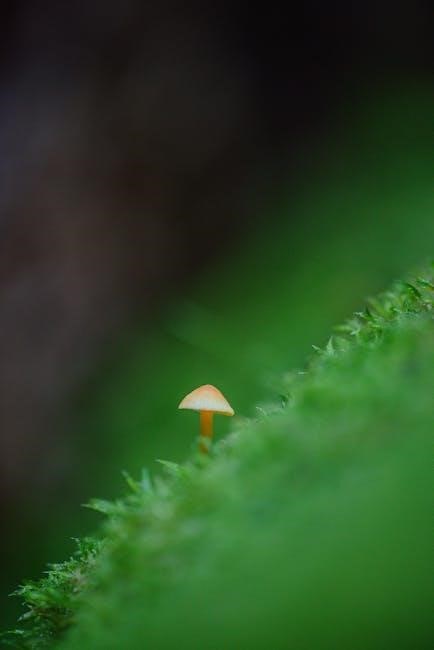
Plant Selection for Tasmanian Conditions
Peter Cundall recommends choosing plants adapted to Tasmania’s cool, temperate climate, such as hardy vegetables, native species, and fruits that thrive in the region’s unique conditions.
Best Vegetables for Tasmania’s Cool Climate
Tasmania’s cool climate is ideal for growing a variety of hardy vegetables. Peter Cundall recommends crops like Brussels sprouts, cabbage, and cauliflower, which thrive in cooler temperatures. Root vegetables such as beets, turnips, and parsnips also excel. For leafy greens, kale, Swiss chard, and silverbeet are excellent choices. Cundall suggests planting broad beans and peas early in the season, as they tolerate light frosts. Herbs like parsley and rosemary also grow well. To maximize yields, Cundall advises starting seeds indoors before the last frost and using raised beds for better drainage. Incorporating compost and mulch enhances soil health, ensuring robust growth. By selecting these vegetables, gardeners can enjoy a bountiful harvest tailored to Tasmania’s unique conditions.
Fruit Trees and Berries Suitable for Tasmanian Gardens
Tasmania’s cool, temperate climate makes it an ideal place for growing a wide variety of fruit trees and berries. Apples, pears, and stone fruits like plums and cherries thrive in the region’s mild summers and cold winters. Berries such as strawberries, raspberries, blackberries, and blueberries are also highly suited to Tasmanian conditions, with many varieties requiring minimal care. Blueberries, in particular, benefit from the state’s acidic soils. Peter Cundall recommends planting disease-resistant varieties to ensure optimal growth. Regular watering and full sun exposure are essential for most fruit trees and berries. Tasmania’s consistent rainfall also supports healthy growth, making it a gardener’s paradise for homegrown fruit production. Choosing the right varieties ensures a bountiful harvest year-round.
Native Tasmanian Plants for Biodiversity and Low Maintenance
Native Tasmanian plants are ideal for creating a low-maintenance garden that supports local biodiversity. Species like the Tasmanian blue gum (Eucalyptus globulus) and waratah (Telopea truncata) thrive in the island’s cool, temperate climate. These plants are adapted to Tasmania’s soil conditions and require minimal care, making them perfect for sustainable gardening. Incorporating native flora also attracts pollinators and wildlife, enhancing the ecological balance of your garden. Peter Cundall often emphasized the importance of using native plants to foster resilience and reduce environmental impact. By choosing these species, gardeners can enjoy vibrant, hardy plants while preserving Tasmania’s unique natural heritage. This approach aligns with Cundall’s philosophy of working in harmony with the local environment.
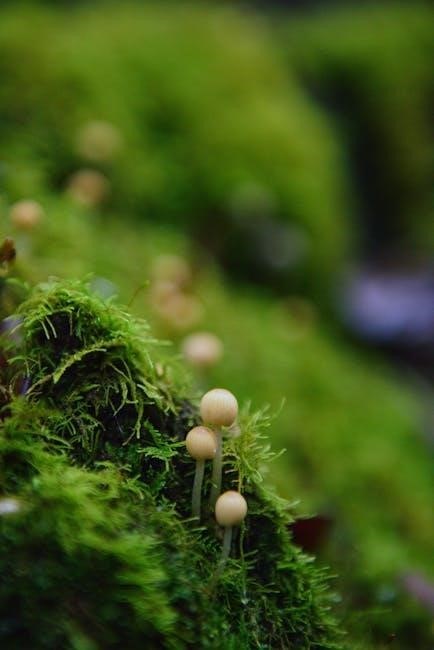
Seasonal Planting Guide
Peter Cundall’s guide emphasizes aligning plant choices with Tasmania’s distinct seasons. Spring showcases vibrant bulbs and vegetables, while summer thrives with warm-weather crops like tomatoes and zucchini. Autumn focuses on preparing soil and planting hardy greens, while winter highlights frost-tolerant varieties like kale and Brussels sprouts, ensuring year-round productivity and biodiversity.
Spring Planting: What to Grow and When
Spring in Tasmania is ideal for planting a wide variety of vegetables and flowers. Peter Cundall recommends starting with cool-season crops like broccoli, spinach, and peas in early spring. As the weather warms, transition to tomatoes, zucchini, and herbs like basil.
- Plant root vegetables such as carrots and beetroot in well-prepared soil.
- Sow seeds for flowering plants like marigolds and violas to attract pollinators.
- Consider raised beds for better drainage and soil warmth.
Timing is key, as Tasmania’s spring can be unpredictable. Plant after the last frost and ensure soil is fertile and well-draining for optimal growth.
Summer Planting: Maximizing Tasmania’s Warmer Months
Summer in Tasmania offers a unique opportunity to grow a variety of crops, despite its shorter warmer season. Peter Cundall recommends planting heat-tolerant vegetables like tomatoes, zucchini, and beans in well-prepared soil. Composting and mulching are crucial to retain moisture and suppress weeds. He advises planting seedlings after the last frost, ensuring adequate spacing to prevent disease. Regular watering, but not overwatering, is essential. Incorporating native plants alongside vegetables can attract pollinators and improve biodiversity. Cundall also suggests utilizing raised beds for better drainage and warmer soil temperatures. By following these tips, gardeners can make the most of Tasmania’s summer months and enjoy a bountiful harvest.
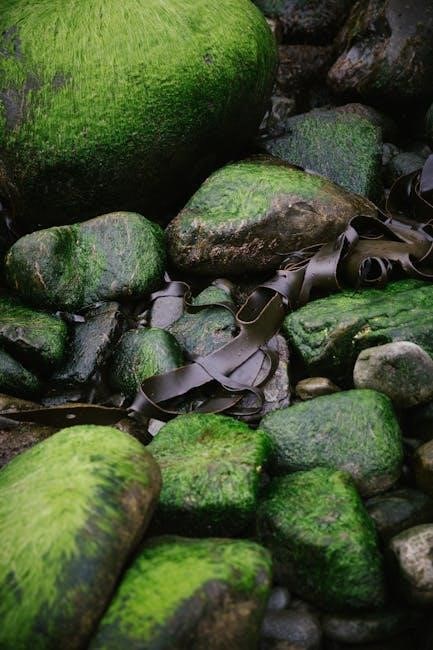
Autumn Planting: Preparing for the Cooler Season
Autumn in Tasmania offers ideal conditions for planting cool-season crops, with mild temperatures and ample moisture. Peter Cundall recommends sowing vegetables like broccoli, spinach, and kale, which thrive in cooler weather. Root vegetables such as carrots, beets, and parsnips also excel during this time. Soil preparation is crucial; add compost and mulch to retain warmth and improve fertility. Autumn is also a prime time for planting bulbs and perennials, ensuring vibrant blooms in spring. Cundall emphasizes the importance of companion planting to deter pests and boost growth. Additionally, consider crop rotation to maintain soil health and prevent disease buildup. With proper planning, autumn can yield a bountiful harvest and set the stage for a successful gardening year.
Winter Planting: Hardy Vegetables and Flowers for Tasmania
Tasmania’s cool winters present unique opportunities for planting hardy vegetables and flowers. Root vegetables like carrots, beets, and parsnips thrive in the cool, moist soil. Brassicas, such as broccoli, cauliflower, and kale, are excellent choices for winter gardens. Spinach and silverbeet also grow well during this season. For flowers, pansies and violas add vibrant color to winter gardens, while bulbs like daffodils and hyacinths can be planted in late winter for spring blooms. Peter Cundall recommends selecting varieties that mature quickly and are resistant to frost. Mulching and protective covers can help safeguard plants from harsh conditions. Planting in well-draining soil and ensuring adequate sunlight will maximize winter garden success in Tasmania’s climate.
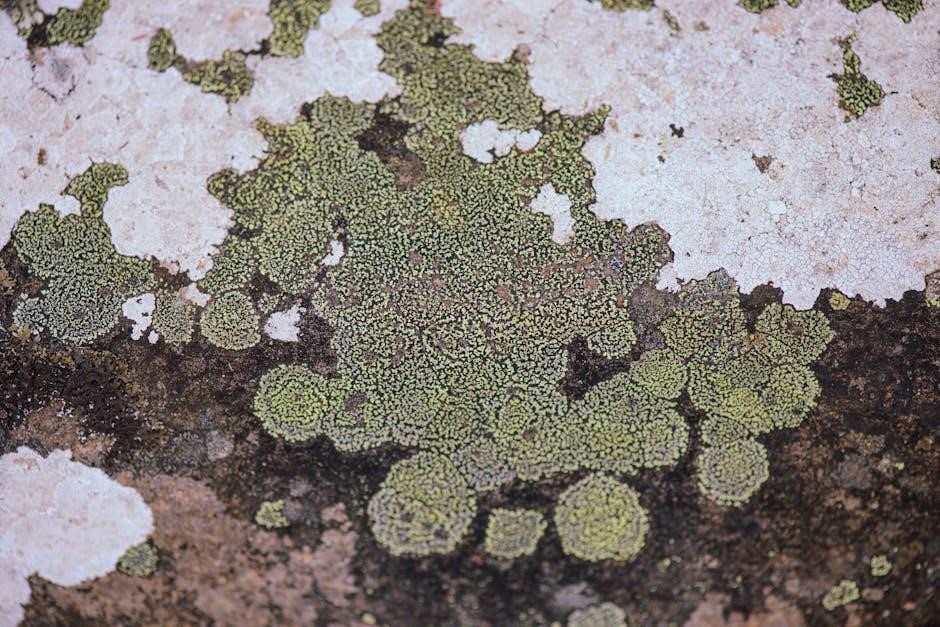
Water Management and Conservation
Peter Cundall emphasizes efficient irrigation, rainwater harvesting, and drought-tolerant plants to optimize water use in Tasmania’s variable climate, ensuring sustainable gardening practices.
Efficient Irrigation Techniques for Tasmanian Gardens
Tasmania’s rainfall provides a natural advantage, but efficient irrigation is still crucial for garden health. Peter Cundall recommends drip irrigation systems for precise water delivery, minimizing runoff and evaporation. Mulching around plants helps retain soil moisture, reducing the need for frequent watering. Rainwater harvesting is also encouraged, as it provides a sustainable source of water for gardens. Soil moisture testing can prevent overwatering, ensuring plants receive exactly what they need. Additionally, soaker hoses are effective for covering larger areas while maintaining water efficiency. These techniques align with Tasmania’s climate, balancing its high rainfall with careful water management to support thriving gardens year-round.
- Drip irrigation systems for targeted water delivery.
- Mulching to retain soil moisture.
- Rainwater harvesting for sustainable watering.
- Soil moisture testing to avoid overwatering.
- Soaker hoses for efficient coverage.
Harvesting and Conserving Rainwater
Harvesting and conserving rainwater is a cornerstone of sustainable gardening in Tasmania, as emphasized by Peter Cundall. With Tasmania’s abundant rainfall, collecting and storing rainwater ensures a reliable water supply for gardens during drier months. Cundall recommends installing high-quality rainwater tanks and maintaining clean gutters to maximize water collection efficiency. He also advocates for using first flush devices to divert debris and contaminants, ensuring cleaner water for irrigation. Additionally, incorporating mulch and drip irrigation systems helps conserve water by reducing evaporation and runoff. By adopting these practices, gardeners can make the most of Tasmania’s rainfall while promoting water sustainability and healthier plant growth. This approach aligns with Cundall’s philosophy of working harmoniously with nature to create thriving gardens.
Drought-Tolerant Plants for Tasmanian Conditions
Peter Cundall highlights drought-tolerant plants as essential for Tasmanian gardens, given the region’s occasional dry spells. Native species like kangaroo paw and banksia thrive with minimal watering. Succulents, such as aloe vera and agave, are also ideal due to their water-storing abilities. Mediterranean herbs like rosemary and thyme are perfect for low-maintenance gardens. Cundall emphasizes the importance of soil preparation and mulching to retain moisture. These plants not only survive but flourish in Tasmania’s climate, offering beauty and sustainability. By choosing drought-tolerant varieties, gardeners can enjoy vibrant gardens while conserving water. This approach aligns with Cundall’s philosophy of working in harmony with nature. Such plants are a practical choice for Tasmanian gardeners seeking resilience and color year-round.
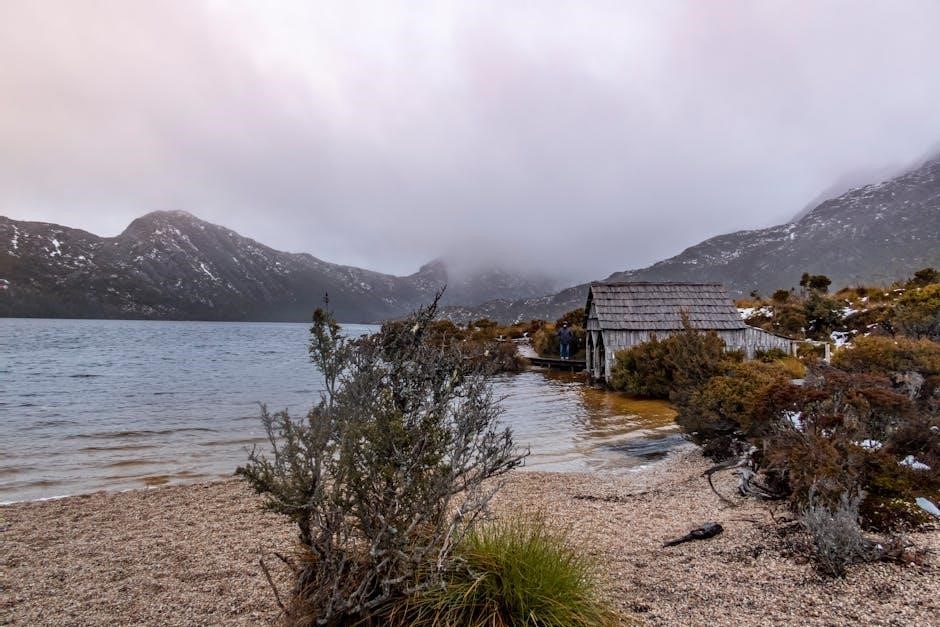
Peter Cundall’s Tips for Specific Garden Challenges
Peter Cundall offers practical advice on overcoming common Tasmanian gardening challenges, including frost management, wind protection, and optimizing plant growth in shaded areas.
Dealing with Frost and Cold Snaps
Frost and cold snaps are common challenges in Tasmania’s cool climate. Peter Cundall advises gardeners to protect tender plants by covering them with fleece or moving them indoors during frost. He recommends planting frost-hardy varieties in exposed areas and using cold frames or greenhouses for sensitive crops. Monitoring weather forecasts allows gardeners to take preventative measures, such as watering the soil before frost to insulate roots. After a frost event, damaged plants should be pruned to promote recovery; Cundall also emphasizes the importance of selecting plants suited to Tasmania’s climate to minimize frost damage. These strategies help gardeners thrive despite occasional cold snaps.
Managing Wind in Coastal Tasmanian Gardens
Coastal Tasmanian gardens often face strong winds, which can damage plants and soil. Peter Cundall recommends using native vegetation as natural windbreaks, such as dense shrubs or trees. He also suggests installing physical barriers like fences or hedges to shield plants. Choosing wind-tolerant species is crucial; Cundall emphasizes plants with deep root systems or flexible stems. Soil stabilization is another key strategy, as wind can erode topsoil. Mulching and ground covers help retain soil health. Additionally, Cundall advises planting in sheltered microclimates and avoiding overexposure. Regular monitoring and adjustments ensure the garden thrives despite windy conditions, aligning with Cundall’s sustainable and practical gardening philosophy.
Addressing Shade and Light Requirements for Plants
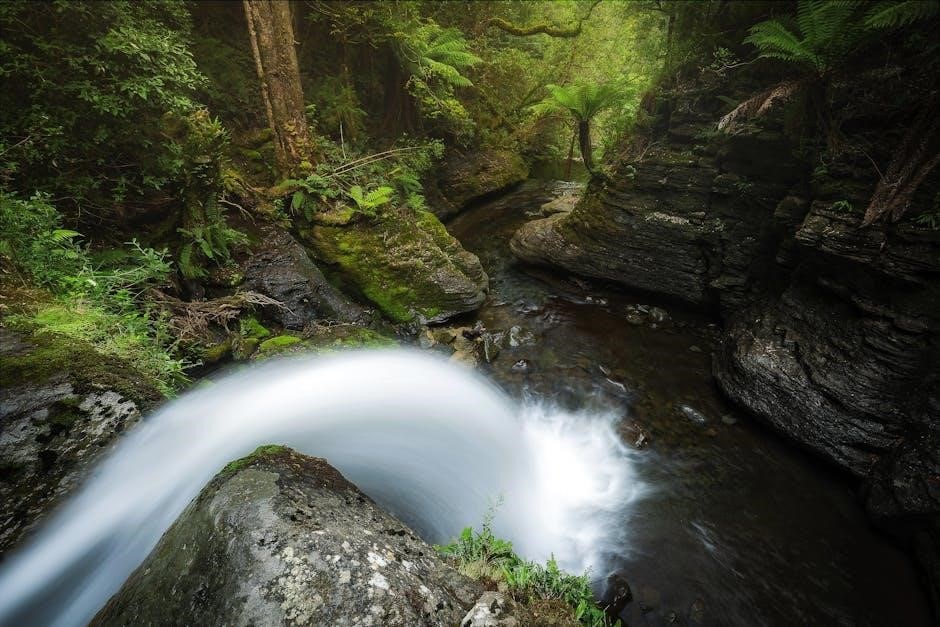
Understanding light and shade requirements is crucial for successful gardening in Tasmania. Peter Cundall emphasizes the importance of selecting plants that thrive in specific light conditions. For shaded areas, choose plants like ferns, hostas, and hysterical pansies, which tolerate low light. In sunny spots, opt for vegetables such as tomatoes, zinnias, and marigolds. Cundall recommends assessing sunlight patterns in your garden to optimize plant placement. He also suggests using layered planting to maximize light penetration and creating shade structures like pergolas for sensitive plants. Soil quality and moisture levels must align with light conditions to ensure healthy growth. By aligning plants with their preferred light environments, gardeners can achieve vibrant, thriving gardens in Tasmania’s varied conditions.
Peter Cundall’s guide offers invaluable insights for Tasmanian gardeners, emphasizing seasonal adaptation and sustainable practices. For deeper exploration, explore his books or online resources.
Final Tips for a Thriving Tasmanian Garden
To ensure a thriving Tasmanian garden, observe seasonal patterns and plant accordingly. Prioritize soil health by regularly testing and improving its structure. Composting and mulching are essential for nutrient-rich soil and moisture retention. Efficient water management is crucial, especially during drier months. Incorporate native Tasmanian plants to attract pollinators and enhance biodiversity. Protect your garden from extreme weather by using appropriate shelter and frost protection. Stay adaptable and experiment with new varieties to find what works best for your specific conditions. Lastly, enjoy the process and connect with local gardening communities for shared knowledge and inspiration. By following these tips, you’ll create a resilient and productive garden that thrives in Tasmania’s unique environment.
Recommended Resources for Further Reading
For those seeking deeper insights into Tasmanian gardening, Peter Cundall’s books and articles are invaluable. His seminal work, Gardening Australia, offers practical advice tailored to Tasmania’s climate. Additionally, the Tasmanian Gardening Guide by the Royal Tasmanian Botanical Gardens provides region-specific tips. Local nurseries and gardening clubs often publish seasonal newsletters with expert advice. Online forums like the Tasmanian Gardening Community share firsthand experiences and solutions to common challenges. The ABC Gardening Australia website also features articles and videos inspired by Cundall’s methods; These resources collectively provide a comprehensive toolkit for gardeners aiming to thrive in Tasmania’s unique environment.
Leave a Reply
You must be logged in to post a comment.